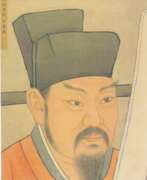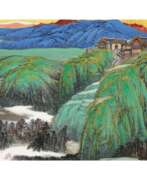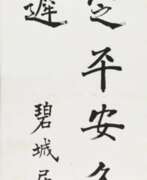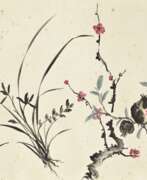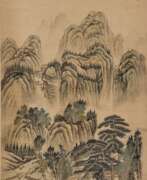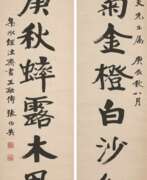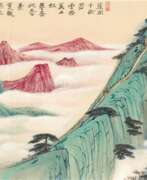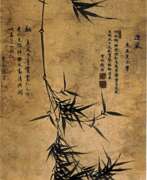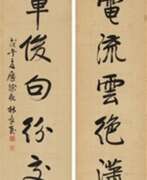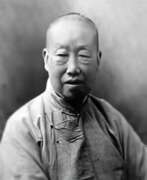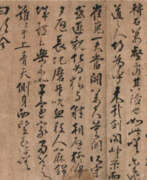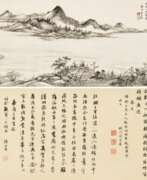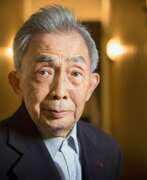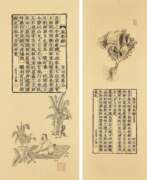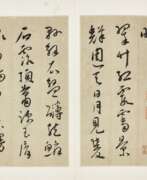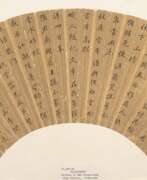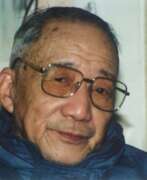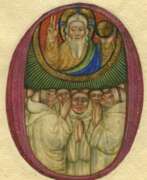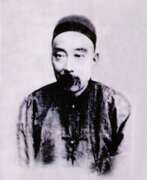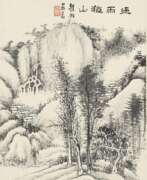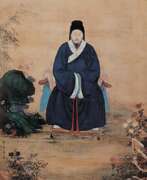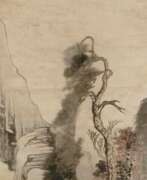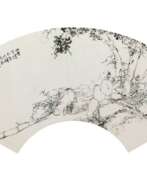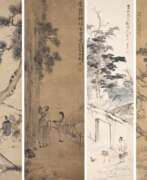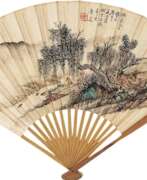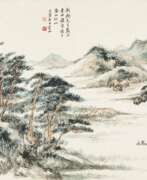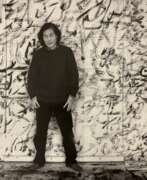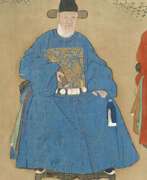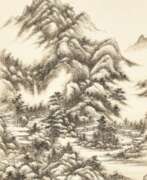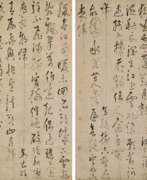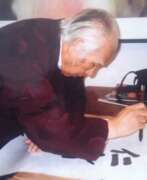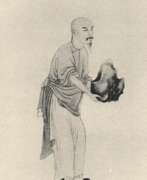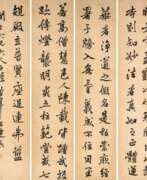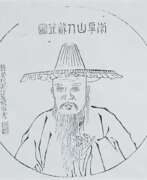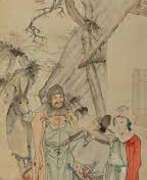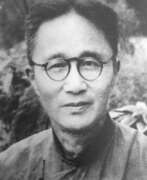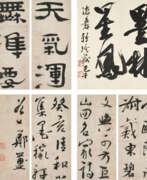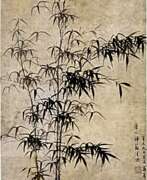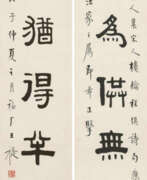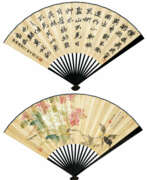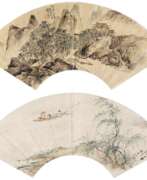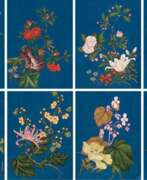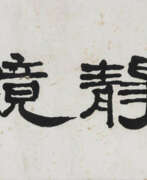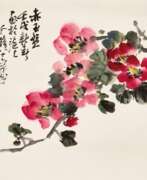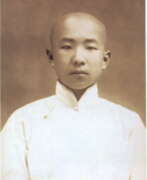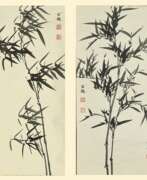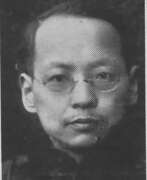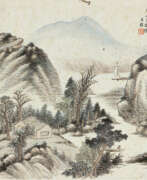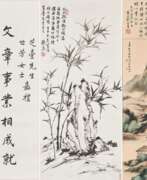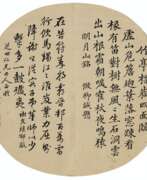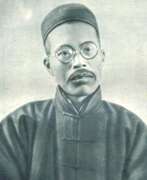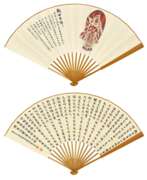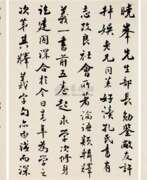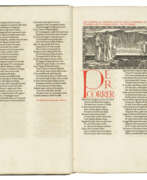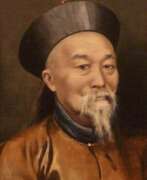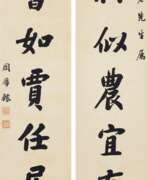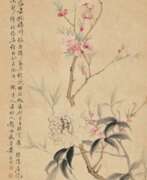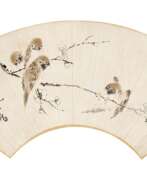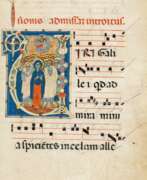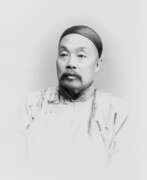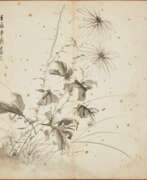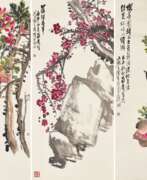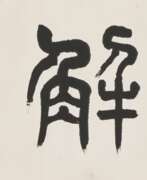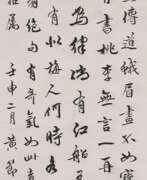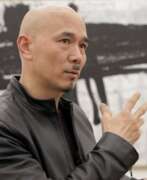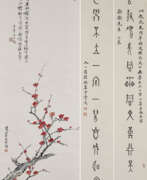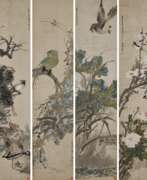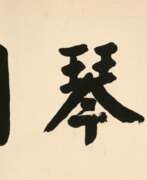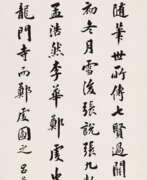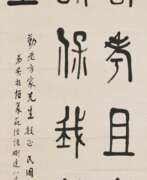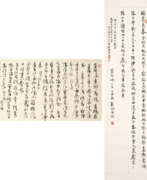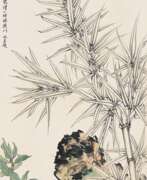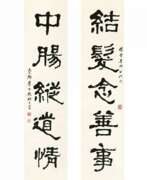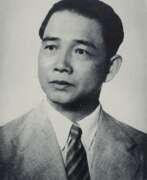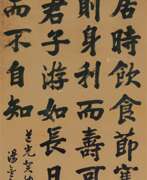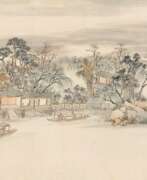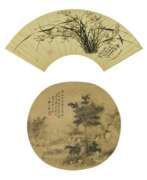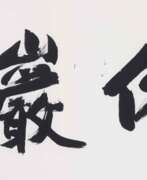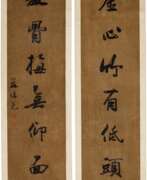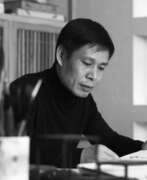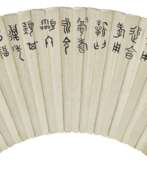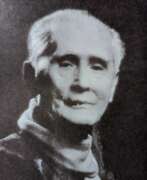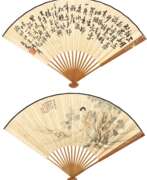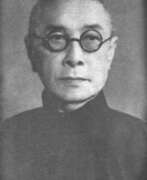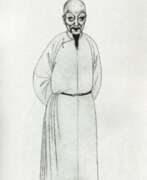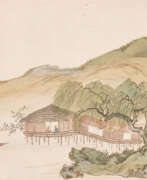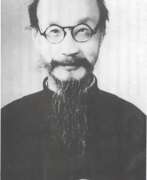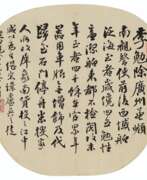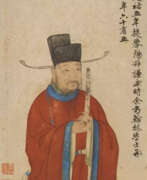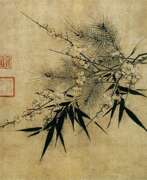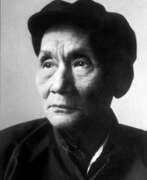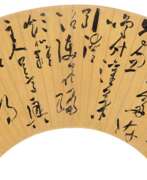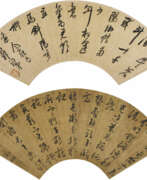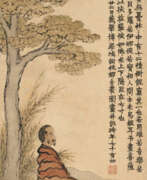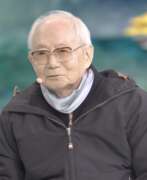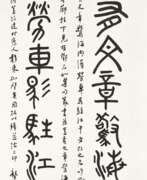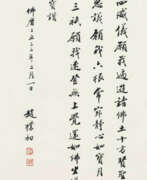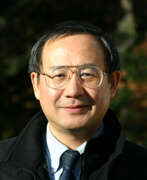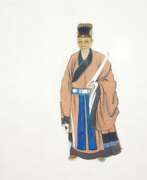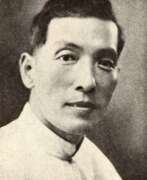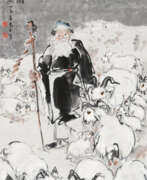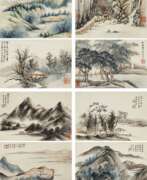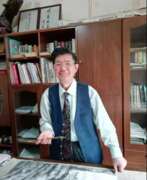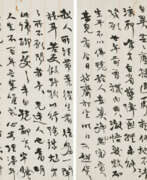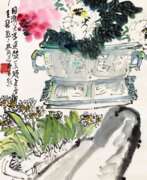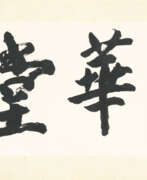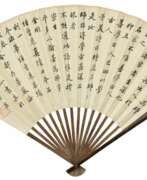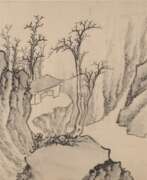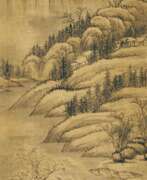Calligraphers
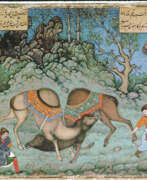

Abd al-Samad (also known as Hodja Abdus Samad, Abd al-Samad Shirazi) was a prominent Persian miniaturist and an influential figure in the development of the Mughal school of miniature painting. Born in Shiraz, Iran, around the early 16th century, he was initially trained in the Safavid style under Shah Tahmasp in Tabriz. His career took a significant turn when he moved to India, where he joined the court of the Mughal emperor Humayun and later served his successor, Akbar.
Abd al-Samad's impact on Mughal art was profound. He co-directed a rapidly expanding imperial atelier and was instrumental in the production of the Hamzanama, an ambitious project that consisted of 1,400 large-scale paintings. His administrative prowess was recognized by Akbar who appointed him to several high-ranking positions, including the director of the royal mint and the governor of Multan. Despite his administrative duties, Abd al-Samad continued to influence the artistic direction of the Mughal court through his teaching and his own works, which remained loyal to the Persian artistic tradition.
Several of Abd al-Samad's works are preserved in major museums, including a portrait of Akbar, which reflects his mastery and his stylistic adherence to Persian aesthetics. His works are noted for their detailed execution and the integration of Persian and Indian elements, a testament to his role in shaping the Mughal artistic heritage.
For more on Abd al-Samad's life and works, you can visit the Metropolitan Museum of Art's collection.
If you are interested in updates on exhibitions and sales related to Abd al-Samad's works, consider signing up for relevant notifications. This will keep you informed about new insights and opportunities to engage with his art at auctions and galleries.
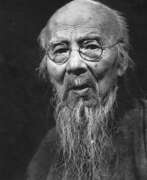

Qi Baishi was a Chinese painter, noted for the whimsical, often playful style of his works. Born to a peasant family from Xiangtan, Hunan, Qi taught himself to paint, sparked by the Manual of the Mustard Seed Garden. After he turned 40, he traveled, visiting various scenic spots in China. After 1917 he settled in Beijing. Some of Qi's major influences include the early Qing dynasty painter Bada Shanren (八大山人) and the Ming dynasty artist Xu Wei (徐渭).
The subjects of his paintings include almost everything, commonly animals, scenery, figures, toys, vegetables, and so on. He theorized that "paintings must be something between likeness and unlikeness, much like today's vulgarians, but not like to cheat popular people". In his later years, many of his works depict mice, shrimp or birds. He was also good at seal carving and called himself "the rich man of three hundred stone seals" (三百石印富翁). In 1953, he was elected president of the China Artists Association (中國美術家協會).
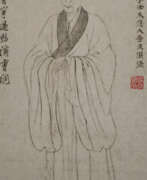

Zhū Dā (Chinese: 朱耷) was a Chinese painter, poet and calligrapher of the late Ming and early Qing dynasties. Known by the pseudonym Bada Shanzhen (Chinese: 八大山人), the man from Mount Bada.
Bada Shanren belonged to the imperial family of the Ming Dynasty, but chose to become a Buddhist monk and led a reclusive lifestyle. His artistic style was characterised by a unique combination of traditional Chinese ink painting techniques and bold, expressive brushstrokes. Bada Shanren's works often depicted landscapes, birds, flowers and animals, demonstrating an exceptional ability to convey the essence of the natural world. His paintings reflected a sense of spiritual introspection and a deep connection to nature. Despite the turbulent times in which he lived, Bada Shanren's artistic legacy remains highly regarded and his works are still considered masterpieces of Chinese ink painting.
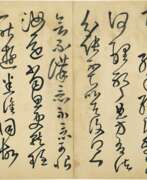

Wang Duo was a Chinese calligrapher, painter, and poet during the Ming dynasty, renowned for his artistic versatility and the cultural depth of his work. Born in Mengjin, Henan province, Wang Duo left an indelible mark on the artistic landscape of China, bridging the late Ming and early Qing dynasties with his creative expression.
His works, such as a mountain landscape dated 1651, showcase his mastery of ink on paper, reflecting the aesthetic preferences and skilled craftsmanship of the Qing dynasty period. Another remarkable piece, a free copy of Xu Jiaozhi’s calligraphy dating back to 1635, is a testament to his prowess in calligraphic arts, executed on a hanging scroll with ink on satin. Additionally, his lettering on gold-flecked paper, a medium that added a luminous quality to his work, is preserved as an album leaf, evidencing the fusion of literary and visual arts during the late Ming to early Qing dynasty.
For collectors, auctioneers, and experts in art and antiques, Wang Duo’s works not only represent a significant cultural heritage but also offer a glimpse into the rich tapestry of Chinese history through art. His legacy is encapsulated in the intricate strokes of his calligraphy and the serene landscapes of his paintings, many of which are held in prestigious institutions like The Metropolitan Museum of Art. To stay informed on updates related to Wang Duo and similar artists, sign up for our newsletter and enrich your collection with the essence of Chinese art history.


Rupprecht Matthies is a distinguished German artist celebrated for his innovative approach to art that intertwines language and culture. His work, characterized by a deep exploration of words and their impact, bridges the gap between individual experiences and collective expression. Rupprecht Matthies' background in sociology, which he studied before delving into the arts at the University of Hamburg, informs his artistic endeavors, allowing him to craft installations that resonate on multiple levels with a wide audience.
One of Rupprecht Matthies' most notable works is the "¿Being Home?" project, showcased at the Denver Art Museum. This installation is a testament to his ability to engage communities and transform personal stories into compelling visual narratives. Through collaborations with immigrants in Denver, Rupprecht Matthies collected words that held significant personal meanings, crafting them into a vivid landscape of words using materials like wood, Plexiglas, and foam. This project not only highlights his skill in word art but also his commitment to creating art that fosters community engagement and reflection on the concept of home and belonging.
Matthies' art extends beyond installations, as he has won numerous competitions and his works are collected and exhibited both nationally and internationally. His unique approach to creating "word art" allows him to encapsulate values and concepts in physical form, making his contributions to the art world both unique and impactful.
For collectors and experts in art and antiques, Rupprecht Matthies' work represents a fascinating intersection of art, culture, and social commentary. His ability to distill complex societal themes into engaging visual forms makes his work a valuable addition to any collection focused on contemporary art that challenges and captivates.
If you're intrigued by the innovative blend of language and visual art that Rupprecht Matthies brings to the contemporary art scene, consider signing up for updates. This subscription will keep you informed about new product sales and auction events related to Matthies' work, ensuring you don't miss out on the opportunity to own a piece of this remarkable artist's legacy.
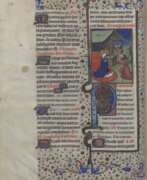

Master of the Troyes Missal de Troyes was a French book illustrator who worked in Troyes in the mid-15th century.
The artist got his name from the missal (liturgical book) he illustrated, which is now preserved in Paris. The master is considered one of Troyes' most brilliant illustrators circa 1450. Contemporaries described him as "the most prominent figure in Troyes' illuminations of the mid-15th century. Troyes was the main center of book production in Champagne during the second half of the 15th century, when the region's lavish manuscripts made it an alternative to Paris, and the master of Troyes books was the most sought-after artist in that city. The widespread demand among devout laymen for the Book of Hours (the most popular liturgical text of the Middle Ages) brought the Troyes master many commissions.
Elegantly elongated figures with flat faces, richly brocaded tapestries, and checkered green floors are hallmarks of the artist's work.
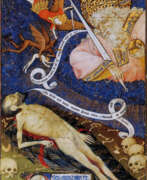

The Rohan Master is the name given to an unknown French illustrator in honor of his participation in the work on the manuscript known as the Rohan Clock.
The artist worked in the first half of the 15th century. He is known to have worked as a young man in the Champagne region of France and then moved to Paris around 1415-1420, where he established a large studio and collaborated with other illustrators. His work during this period included not only books of hours but also several secular manuscripts.
The influence of the Parisian artists of the time, Master Boucicault and the Limbur brothers, can be felt in the work of Master Rohan, but his style is characterized by an extraordinary expressiveness.
